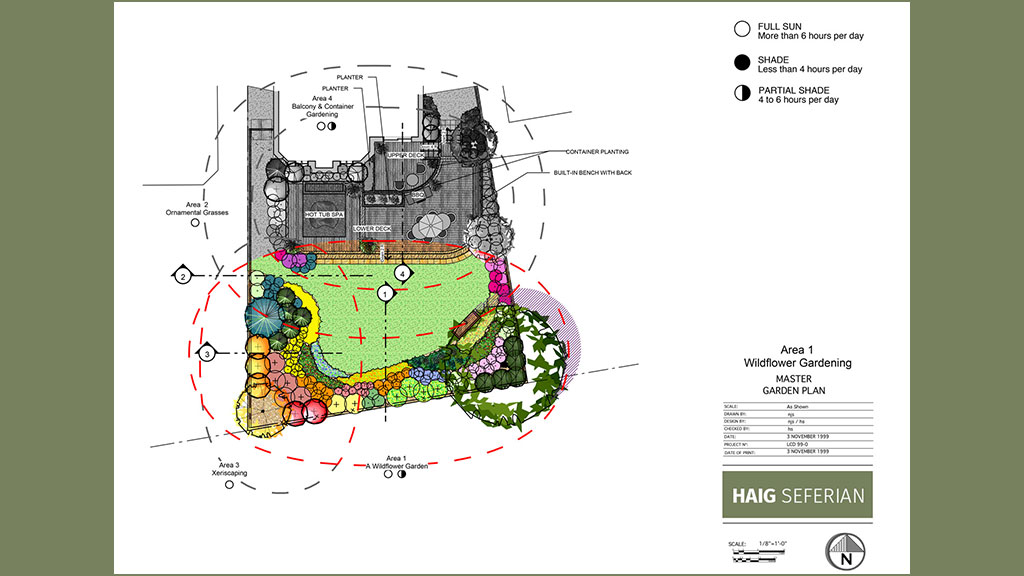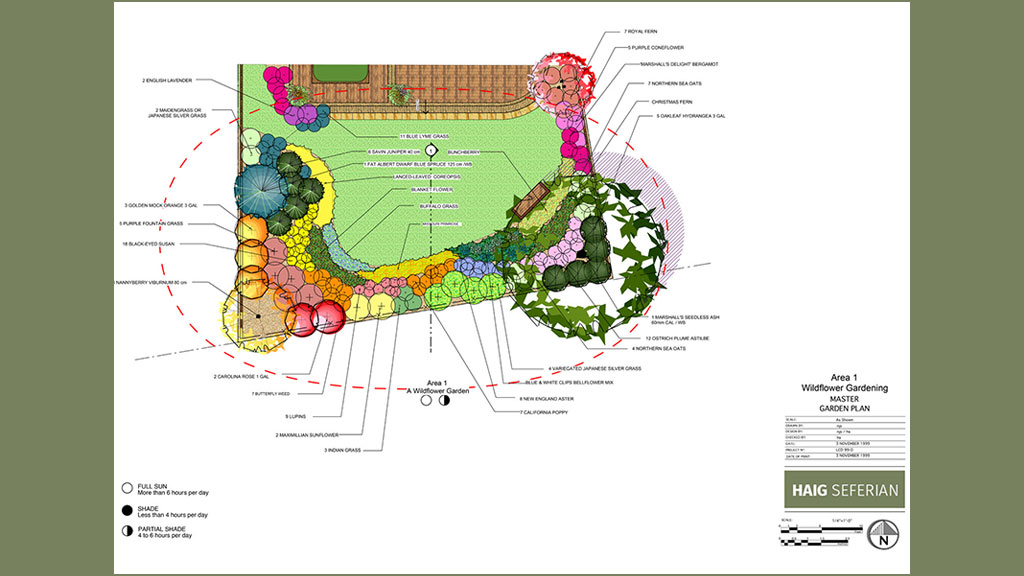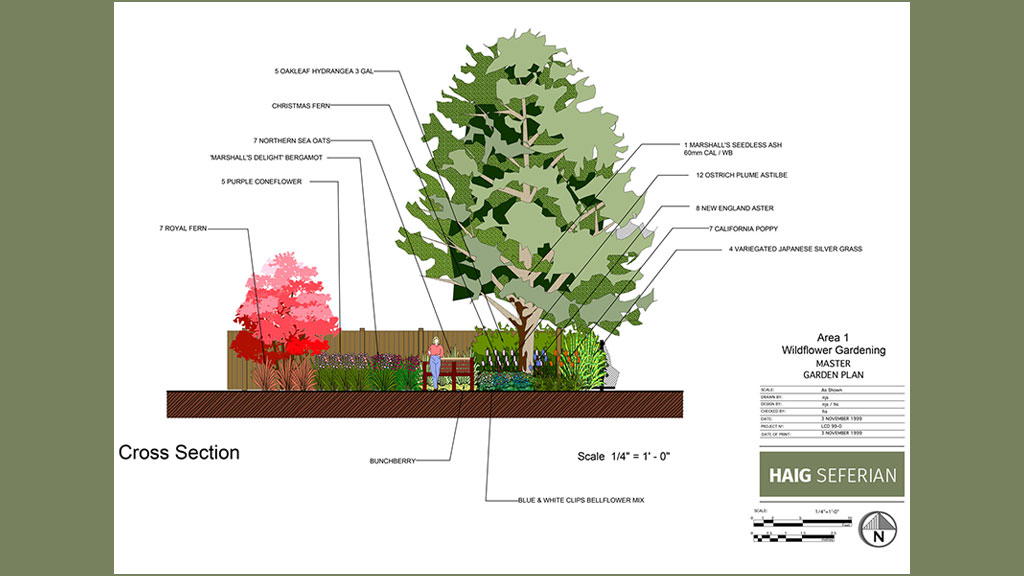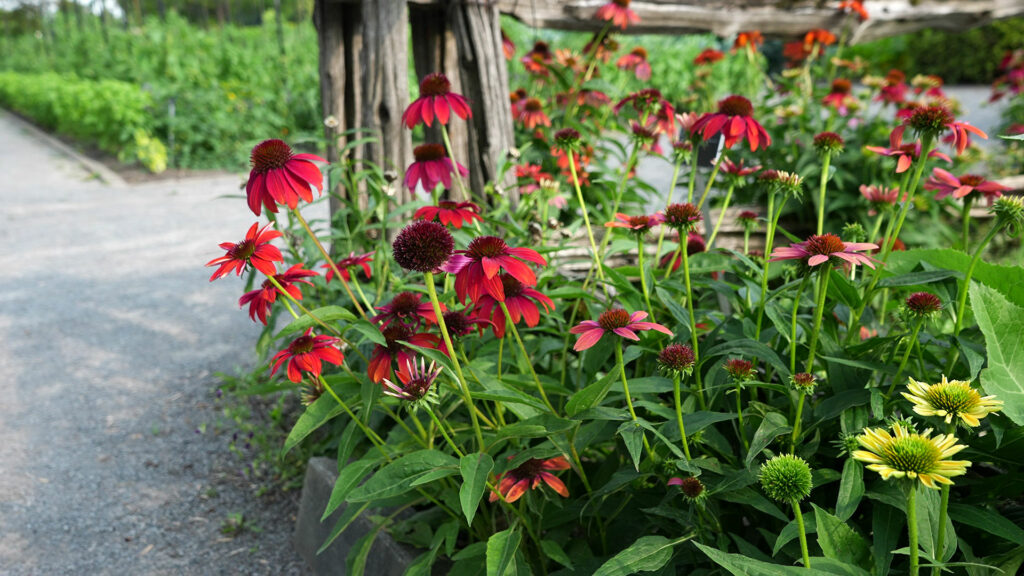There is nothing as invigorating as running through a field of wildflowers, their beauteous scent inticing the senses and their exquisite colourful blooms differentiating them from all others. But, what defines a wildflower? Many people erroneously use it interchangeably with native and naturalized plants. In fact, all flowers are derived from wildflowers.
Wildflowers are just as the word implies, flowers that are wild. The word wild means not tamed and cultivated, anything that grows without the aid of man is solely a product of nature. Therefore, any plant that has always survived on its own without any human intervention is considered a wildflower. You can consider that essentially every plant that is around today, at point has its “roots” from a wildflower.

Native plants differ from wildflowers in that they are indigenous to the area and grow well on their own, again without any human gardening activity to stimulate growth. These plants include grasses, shrubs, vines, trees and herbaceous wildflowers.
Naturalized plants are those initially introduced by humans, but that have escaped any further cultivation. A common example of this is the Tommy Daylily (Hemerocallis fulva), these are the ones you usually see along roadways in the summer. This plant is actually native to Europe and Asia and was brought to grow and reproduce on their own.

Seeds of plants can be carried from one place to another in a multitude of ways. From birds, insects and other animals to getting mixed in livestock feed. They can even be carried on people’s shoes or by strong winds. Some believe that certain plant species were brought over to North America on merchant ships sailing from Europe. Because the ships were empty on the journey over, they had to load it with dirt in order to maintain its balance and float properly. Upon arrival, they emptied the dirt and it is said that the seeds contained in the dirt sprouted, bloomed and produced more seed.
A similar story holds true today for Tommy Lilies as snowplows chop up the Lilies scattering the roots all over. The next thing you know, Daylilies start to sprout where you least expect them.
There are hundreds upon hundreds of wildflowers today with each plant native to a specific geographical are. Wildflowers can be planted on their own or mixed with shrubs or shade plants. They also blend in nicely wit different types of ferns.

Below is a list of some wildflowers that you can include in your garden.
PERENNIALS
| Amsonia | Amsonia tabernaemontana |
| Heartleaf Aster | Aster cordifolius |
| Blue Cohosh | Caulophyllum thalictroides |
| Green-and-Gold | Chrysogonum virginianum |
| Purple Coneflower | Echinacea purpurea |
| Wild Geranium | Geranium maculatum |
| Cardinal Flower | Lobelia cardinalis |
ANNUALS
| Plains Coreopsis | Coreopsis tinctoria |
| Sunflower | Helianthus annuus |
| Blue Flax | Linum perenne |
| Annual Phlox | Phlox drummondii |
FERNS
| Marginal Wood Fern | Dryopteris marginalis |
| Ostrich Fern | Matteuccia pensylvanica |
| Cinnamon Fern | Osmunda cinnamonea |
| Christmas Fern | Polystichum acrostichoides |
WATER PLANTS
| Scouring Rush | Equisetum byemale |
| Blue Flag | Iris versicolour |
| Pond Water Lily | Nymphaea odorata |
| Pickerelweed | Pontederia cordata |
| Narrow-Leaf Cattail | Typha angustifolia |
VINES
| Trumpet Vine | Campsis radicans |
| Leather Flower | Clematis viorna |
| Trumpet Honeysuckle | Lonicera sempervirens |
| Virginia Creeper | Parthenocissus quinquefolia |
SHRUBS
| Bearberry | Arctostaphylos-uva-ursi |
| Sweetshrub | Calycanthus floridus |
| Cinnamon Clethra | Clethra acuminata |
| Pagoda Dogwood | Cornus alternifolia |
| Bunchberry | Cornus canadensis |
| Dwarf Fothergilla | Fothergilla gardenii |
| Mountain Laurel | Kalmia latifolia |
| Staghorn Sumac | Rhus typhina |
| Arrowwood | Viburnum dentatum |

